Here Come the Humpbacks!
Charlesbridge Publishers
ISBN 978-1-58089-405-0
All Ages
“The mother and calf swim over underwater hills and valleys. They see seaweed and sailfish and squid. They pass turtles and trash.” Using her trademark writing style (sentences of alternating length, robust verbs, alliteration, and similes and metaphors), April Pulley Sayre once again provides readers with an excellent introduction to a scientific topic, in this case, the humpback whale. Using the first year of a calf’s life to provide the overall structure to this nonfiction picture book , Sayre uses a combination of narration and exposition to share information with her readers about what scientists know about the humpbacks (for example, migration patterns and diet), don’t know (for example, exactly how a calf is born, since no one has ever seen it), and think they know (for example, the journey in between where they feed and breed). Jamie Hogan’s beautiful illustrations in charcoal and pastel on sanded paper provide readers with an opportunity to see humpbacks from a variety of perspectives and vantage points above and below the water. This book is an excellent opportunity to introduce the study of whales, explore effective science writing, and consider the impacts that humans have on ocean life .
Teaching Ideas and Classroom Invitations
K-8
- Mapping Migration. Have your students first find Stellwagon Bank and the Dominican Republic on a map, to better understand the whale migrations Sayre discusses. Next, have students in small groups trace other whale migrations around the globe. What do the places whales migrate have in common? How do they differ?
- Feeding Whales. How do humpback whales and other whales feed themselves, given their enormous size? How are their food supplies faring in today’s complex ocean and endangered ocean environments? After reading Here Come the Humpbacks, explore the ocean food chain in Ocean Sunlight (Bang, Chisholm) and how ocean creatures feed differently at the different ocean levels in Down, Down, Down (Jenkins). Follow up with an exploration of some of the digital resources about whales listed below in Further Explorations. What are some of the biggest problems facing whales? What can your students do about it?
- Tails & Dorsal Fins. Sayre tells us that you can identify a whale by its unique tail and dorsal fin shapes and markings. Gather together a collection of photos of whales’ tails and give your students magnifying glasses. In small groups, have them identify how the tails vary and share their discoveries with one another, comparing and contrasting what they observe.
- Exploring Figurative Language in Science Writing. Read Here Come the Humpbacks along with Big Blue Whale by Nicola Davies in a Duet Model (click here for an explanation of this pairing). In reading each aloud, or listening to the excellent audio book for Big Blue Whale, have your students list the facts they learn in each book about whales, and the literary techniques the authors employ. For primary grade students, you will most likely need to hear each book twice, focus on the whale facts, and then use this as an opportunity to introduce or model alliteration and similes and metaphors. With intermediate and middle grade students, you can focus more on the craft of science writing and have students in small groups exploring one text and comparing and contrasting with one another in a jigsaw. Have students consider the ways in which figurative language is a useful tool in science writing. You may also want to use this as an opportunity to compare nonfiction text structures, as Big Blue Whale follows a more strict narrative structure, while Here Come the Humpbacks employs a combination of narration and exposition.
- Animal Poems. After reading Here Come the Humpbacks and exploring some of the figurative language in the text (see above), have your students explore figurative language in poems written about the animal word (see Animal Poems and Mammalabilia below). Next, have your students complete short research projects on an animal of their choice. Instead of having them write straight nonfiction, have them write a poem that employs some figurative language but also reveals important or interesting facts about that animal. Follow up with an illustration that also demonstrates what students have learned through their research.
- Mentor Text. After reading Here Come the Humpbacks, have your students research other types of whales and write their own nonfiction picture books. Be sure to have them model the writing style and structure of the book, and have them use charcoal pencils, pastels, and sanded paper for their illustrations, as Jamie Hogan did. The author and illustrator websites below may be helpful to you.
- Author Study. Using April Pulley Sayre’s website and your school or public librarian’s help, gather together a collection of her nonfiction picture books for your students to explore. You may want to put your students in small groups to explore several at once, or you may want to pair students together so they are just looking at a single title. Have your students first describe what they notice in each book, inserting sticky notes to document their findings. Their discoveries may include: alliteration, similes and metaphors, imagery, action verbs, narrative text structure, and a focus on writing about the natural world.
- What Don’t We Know. In the book, Sayre tells her readers that “[n]o scientist has ever seen a humpback whale being born.” Therefore, they can only guess. Jamie Hogan’s accompanying illustration focuses on the moments after birth when the whale calf comes up to the surface to breath independently for the first time. Have your students list additional questions that they have about whales, and try to find out together what scientists know and what they still have to learn about these large and fascinating creatures that remain so elusive.
Critical Literacy
- Animals, Fish, and Oceans in Crisis. Use Here Come the Humpbacks as a basic introduction for your students to whale migration patterns and feeding habits. From there, explore the three middle grade titles from the Scientists in the Field series listed below, two that focus on whales, and another that focuses on ocean pollution. Mine the backmatter of these texts for digital resources to explore. Using those resources as well as digital resources listed below in Further Explorations, research the current state of different whale populations. Which whales are the most endangered? Do scientists know why? Make sure that at least some students specifically explore the migration patterns of whales in the Pacific, their population levels, and the floating island of garbage larger than the state of Texas (discussed in Tracking Trash). Who is responsible for the state of our oceans? Where is the pollution is coming from? What have scientists from different countries documented about the causes of pollution and its impact? What have producers of the garbage tried to do to curtail it? What responsibility to everyday citizens have? Who is to “blame?” Who is responsible? What’s the difference between the two? What role should the United Nations have? What role should the United States government have? What role should private industry have? What can your students do to better inform the public? Based on current laws and efforts globally, have your students determine whose voices have been the most effective in shaping the pollution conversation and why. Is it because of their power of persuasion? Money? Influence? Students can write up their research in papers, have a public information session, meet with your local member of Congress, raise money for ocean research, adopt a whale, or all of the above and more.
http://www.nmfs.noaa.gov/pr/species/mammals/cetaceans/humpbackwhale.htm
Humpback Whales, Nature, PBS
http://www.pbs.org/wnet/nature/episodes/humpback-whales/overview/2871/
Humpback Whale, Wildlife Conservation Society
http://www.wcs.org/saving-wildlife/ocean-giants/humpback-whale.aspx
Humpback Mating Research, NY Times, December 2012
http://www.nytimes.com/2013/01/01/science/humpback-whales-use-size-as-measure-for-mating.html
Humpback Whale Research and Monitoring, Glacier Bay National Park, Alaska
http://www.nps.gov/glba/naturescience/whales.htm
Humpback Whale, British Broadcasting Corporation (BBC)
http://www.bbc.co.uk/nature/life/Humpback_whale
Books
Bang, M., Chisholm, P. (2012). Ocean sunlight: How tiny plants feed the seas. New York: Scholastic.
Burns, L. (2008). Tracking trash: Flotsom, jetsom, and the science of ocean motion. [Scientists in the Field series]. Boston: Houghton Mifflin.
Catt, T. (2011). Migrating with the humpback whale. [Animal Journeys series]. New York: Power Kids Press.
Davies, N. (1997). Big blue whale. Ill. by Nick Maland. Cambridge, MA: Candlewick Press.
Florian, D. (2000). Mammalabilia. Boston: Harcourt.
Hodgkins, F. (2007). The whale scientists: Solving the mystery of whale strandings. [Scientists in the Field series]. Boston: Houghton Mifflin.
Jenkins, S. (2009). Down, down, down: A journey to the bottom of the sea. Boston: Houghton Mifflin.
Kant, T. (2008). The migration of a whale. Ill. by M. Bergin. New York: Children’s Press.
Lourie, P. (2009). Whaling season: A year in the life of an arctic whale scientist. [Scientists in the Field series]. Boston: Houghton Mifflin.
Lunis, N. (2012). Humpback whale the singer. New York: Bearport Books.
Marsh, L. (2010). Whales. [Great Migrations series]. Washington, DC: National Geographic.
Nicklin, F. (2010). Whales. [Face to Face series]. Washington, DC: National Geographic.
Lourie, P. (2009). Whaling season: A year in the life of an arctic whale scientist. [Scientists in the Field series]. Boston: Houghton Mifflin.
Pringle, L. (2012, 2003). Whales! Strange and wonderful. Ill. by M. Henderson. Honesdale, PA: Boyds Mill Press.
Filed under: Nonfiction Picture Books, Picture Books
About Mary Ann Cappiello
Mary Ann is a professor of language and literacy at Lesley University. A former public school language arts and humanities teacher, she is a passionate advocate for and commentator on children’s books. Mary Ann is the co-author of Teaching with Text Sets (2013) and Teaching to Complexity (2015) and Text Sets in Action: Pathways Through Content Area Literacy (Stenhouse, 2021). She has been a guest on public radio and a consultant to public television. From 2015-2018, Mary Ann was a member of the National Council of Teachers of English's Orbis Pictus Award for Outstanding Nonfiction (K-8) Committee, serving two years as chair.
ADVERTISEMENT
ADVERTISEMENT
SLJ Blog Network
Winter Light: An Aaron Becker Interview and Video Trailer Reveal!
Tegan and Sara: Crush | Review
The Seven Bills That Will Safeguard the Future of School Librarianship
Take Five: Dogs in Middle Grade Novels
Gayle Forman Visits The Yarn!
ADVERTISEMENT




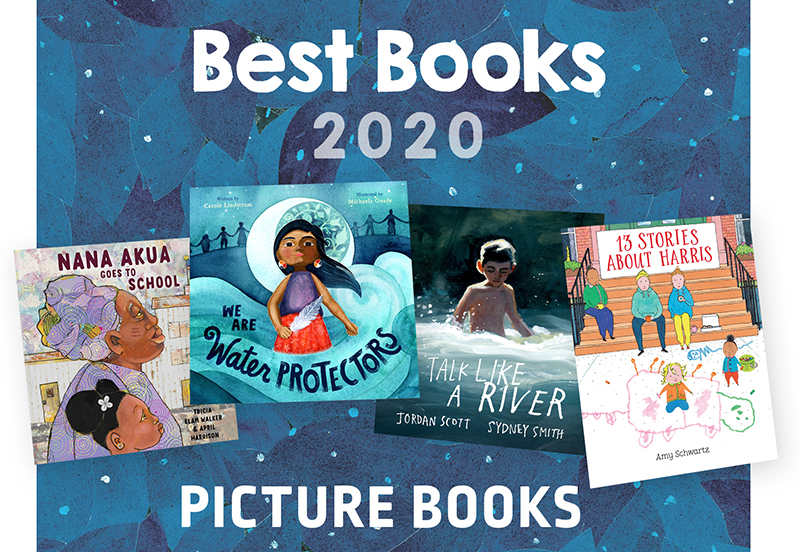
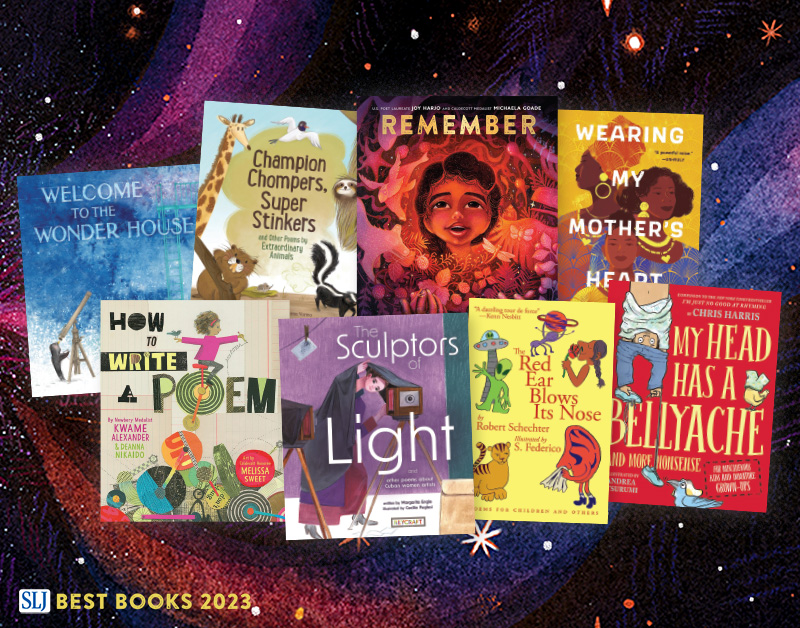
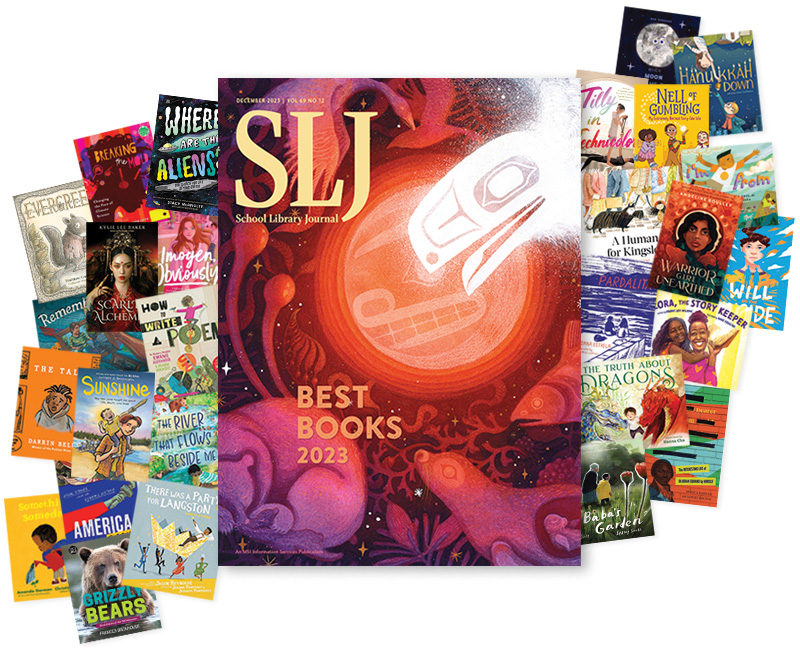
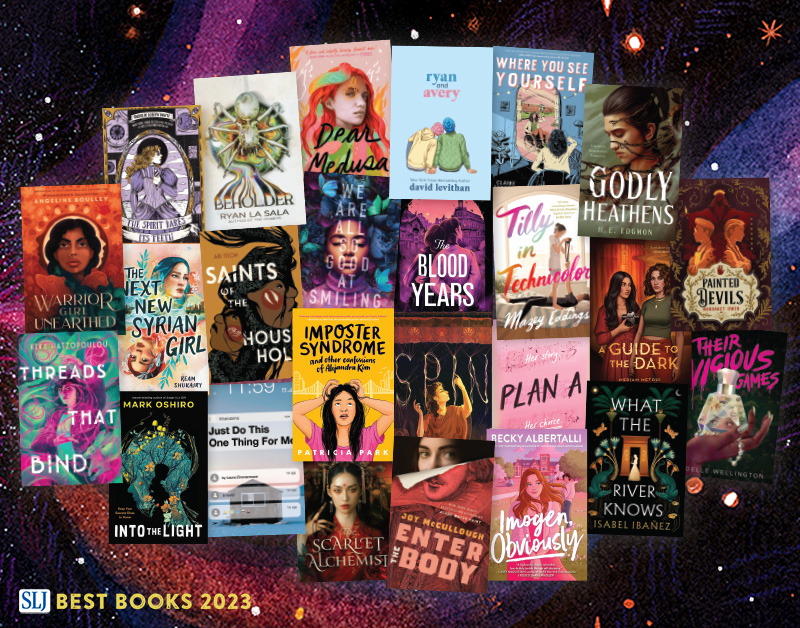
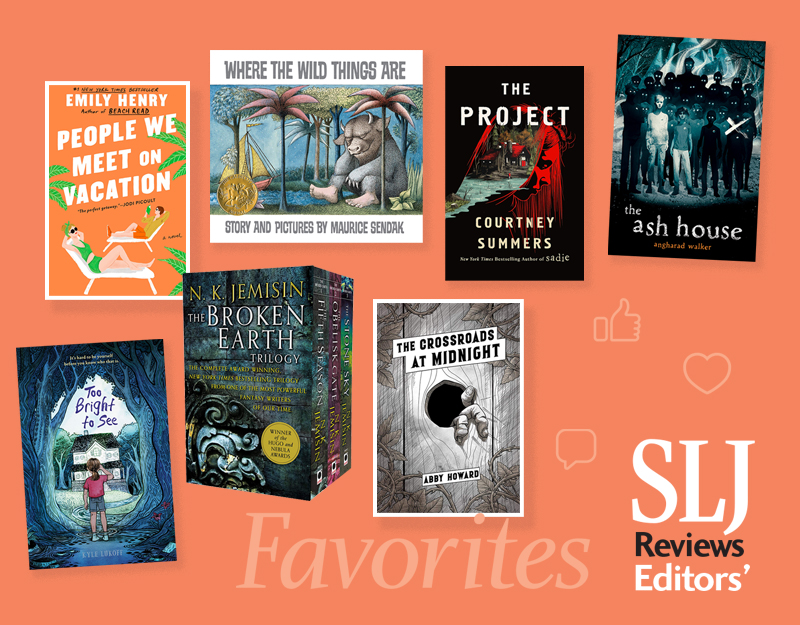
Wow, you are amazing! This is incredibly comprehensive and totally appreciated.
Jamie
Wow, you are amazing! This is incredibly comprehensive, totally informative, and deeply appreciated.
Many, many thanks for your thoughtful examination of our book!
Jamie